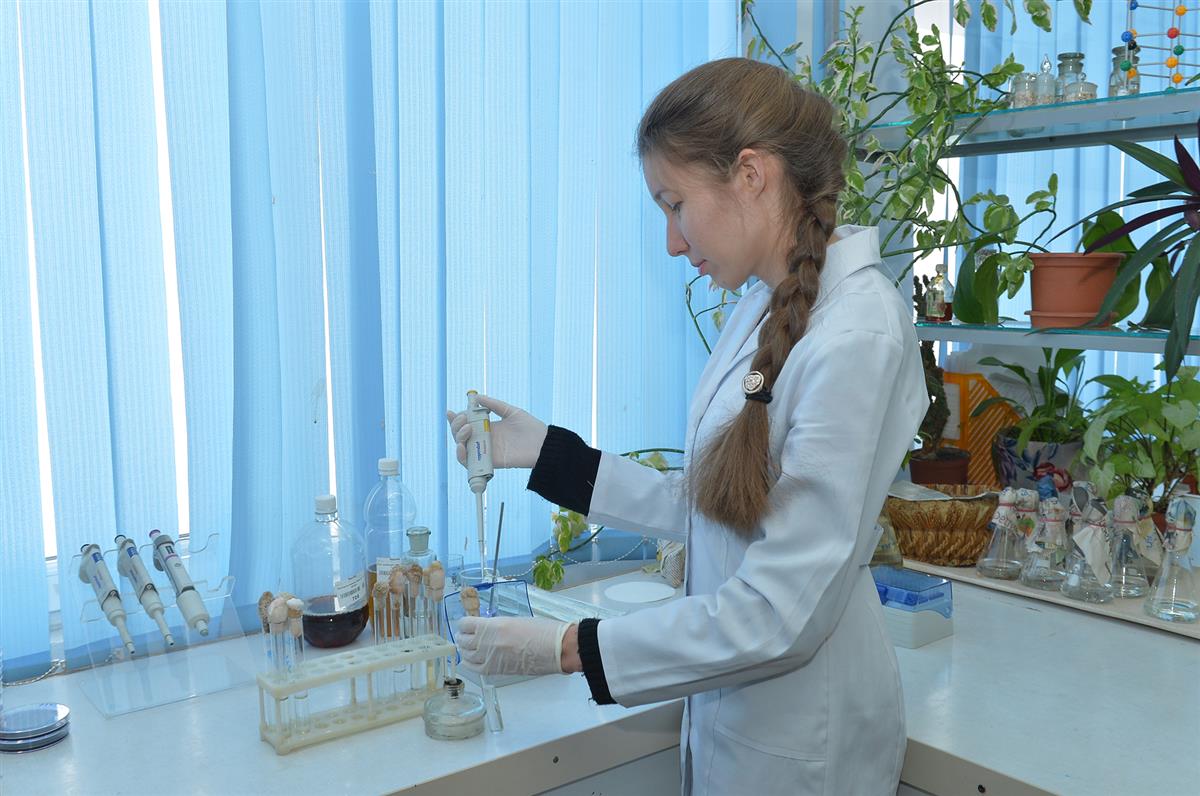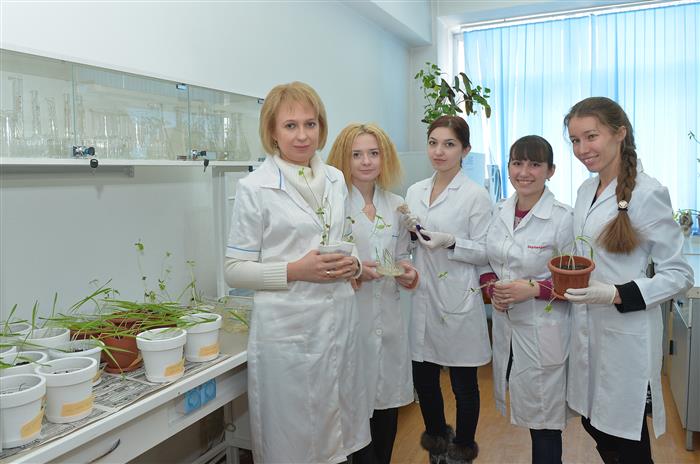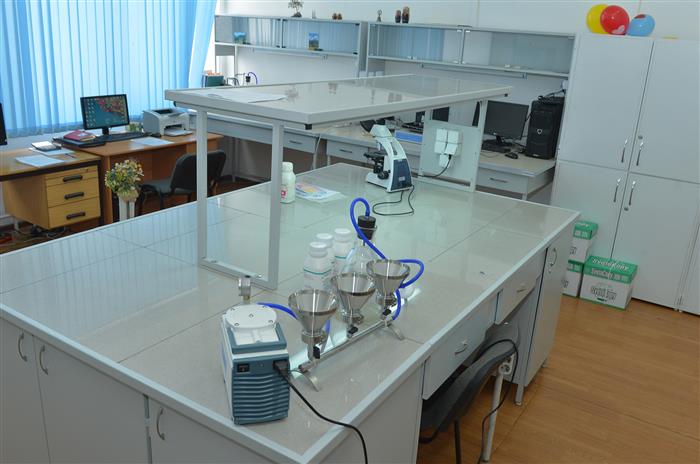INNOVATION: BIOPLASTIC BACTERIA
Views: 2297

When you say "natural plastic," you may have misheard. But you heard right, because the biotechnologists of our university have developed bioplastics. It is water-soluble, completely biodegradable and produced by bacteria. This will be one of the biggest innovations of KazNU scientists.
Of course, the world market for bioplastics has long been mastered. Bioplastics are vegetable oils and cornstarch, straw, sawdust and shavings, recycled food waste, etc. such as plastics from renewable biomass sources. Common plastics such as petroleum are sometimes called gasoline polymers or are derived from natural gas. Bioplastics typically require sugar derivatives, including starch, cellulose, and lactic acid. As of 2014, bioplastics account for about 0.2% of the global polymer market.
University specialists produce bioplastics that are completely biodegradable by newly discovered microorganisms, including bacteria.
- We have bacteria that secrete polyhydroxybutyrate. This is a separate procedure. Depending on the type of microorganism, it can synthesize substances that are completely or partially soluble in water. After all, the plastic that the bacteria has identified dissolves completely in water. It also has its advantages and disadvantages. Initially, we had the idea to use bioplastic as an alternative to modern plastic containers. At the same time, the bioplastic secreted by bacteria was found to have antimicrobial properties. It is resistant to bacteria such as Staphylococcus aureus. This bacterium causes inflammation of the mucous membranes and skin, as well as the formation of purulent ulcers. Therefore, we are currently planning to create plasters, patches and gels that can be used for medical purposes. If it is used in medicine, it will be necessary to determine the class of pathogenicity of these microorganisms, says biotechnologist Lyudmila Ignatova.
Acne mainly affects young adults and adolescents. The scientist claims that the main pathogen may be Staphylococcus aureus. In this case, topical application of bioplastic gel can cure some diseases. But this requires serious testing. Meanwhile, scientists are working to identify the microorganisms involved in the production of this substance. According to Ignatova, these bacteria belong to Pseudomonas and Bacillus. A patent document is currently being processed.
Now let's talk about the process of obtaining bioplastics by microorganisms.

“To do this, we grow bacteria that synthesize growth fluid, and we grow and precipitate this fluid using biotechnological methods. We make plastic from this growth fluid. So far, all this is the result of laboratory research, so the amount is small. However, according to scientific research, the potential of these bacteria is very high and can be expanded and produced at the production level. But first you need to decide in what area it can be used. We plan to conduct research in this area together with chemists. “These experts will help us fully understand the composition of bioplasts,” he said.
According to the expert, certain nutrients are added to the environment in which microorganisms live to accumulate bioplastics. There is no need for very expensive equipment.
- In the future, we will look at ways to use industrial or household waste. This is due to the fact that the aforementioned pseudomonas (Pseudomonas) grow and multiply, getting rid of various organic matter and feeding on waste. So, if our idea comes true, we can get bioplastics from waste. But while all this is a matter of time. The most important thing is that we have obtained strains that no one else can produce with bioplastics, - says L. Ignatova.

It should be noted that there are no obstacles to the production of bioplastics on an industrial scale in Kazakhstan. “Because it is enough to have a bioreactor, a nutrient medium and a strain that we have identified. We found him, identified him, yes, he produces bioplastics. Now, if its production is launched, we will be able to save on oil. This is a really good idea, ”he said. However, it is necessary to determine the pathogenicity of the first growth and submit it to the global or national collection of microorganisms.
The idea of obtaining bioplastics arose from the search for ways to decompose conventional plastics. According to Ignatova, the scientist initially studied bacteria that decompose plastic.
- But there were many difficulties, after looking at the literature in this area, we realized that there are bacteria that produce natural plastic. There are many types. Besides utensils, there are also water-insoluble types suitable for making prostheses and implants. That is, the properties, structure and strength of bioplastics change depending on which bacteria they produce. After researching the methods of obtaining such microorganisms, we isolated this strain. I do not hide our surprise. Of course, in order to keep our plastic in shape, a widely used plasticizer is added to it. But with the help of bioplastics, it also breaks down faster than usual, '' says Ignatova.
Today, this bioplastic is used to make disposable items such as dishes, cutlery, pots, bowls and pipes. There are even several commercial applications in this area. In fact, they can replace oil-based plastics, but their cost and performance are an issue. In fact, their use requires special regulations or laws restricting the use of conventional plastics to ensure financial viability. For example, in 2011 a special law was passed in Italy. Stores should use BIO packaging and shoppers, he said. Even electroactive bioplastics are being developed to generate electricity.
Conventional plastics, consisting of bioplastics and supplements, are fully biodegradable in a variety of environmental conditions, including soil, water and compost, i.e. fertilizers. Therefore, they are more suitable than conventional plastics. The structure and composition of a biopolymer or biocomposite also influences the biodegradation process. Various microorganisms live in the soil, which contributes to the biodegradation of bioplastics. However, the decomposition of bioplastics in the soil environment requires high temperatures and a long time.
The age of stone, iron, bronze and "plastic". Who knows? Thousands of years later, the present period can be marked in this way in the pages of history. However, it is clear that some of the world we created will be lost in the future. Therefore, every solution proposed by scientists, every project must have special support from society.
Camila Dussein









